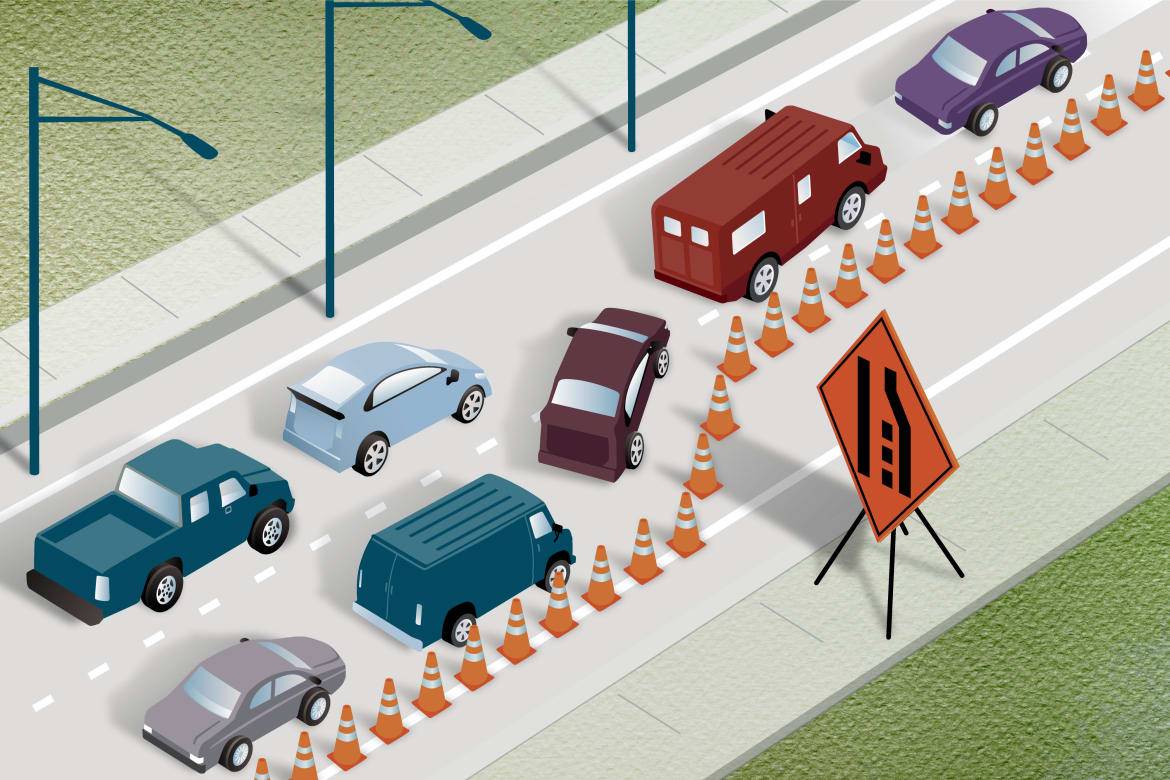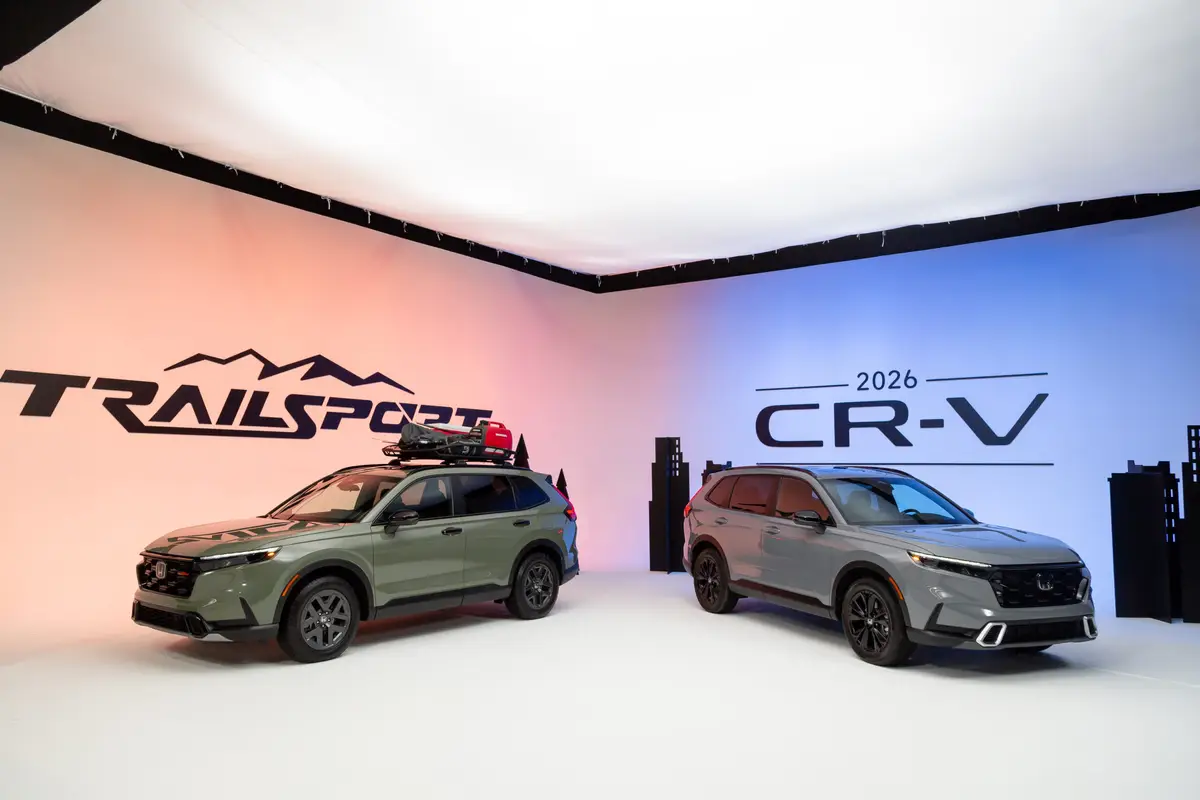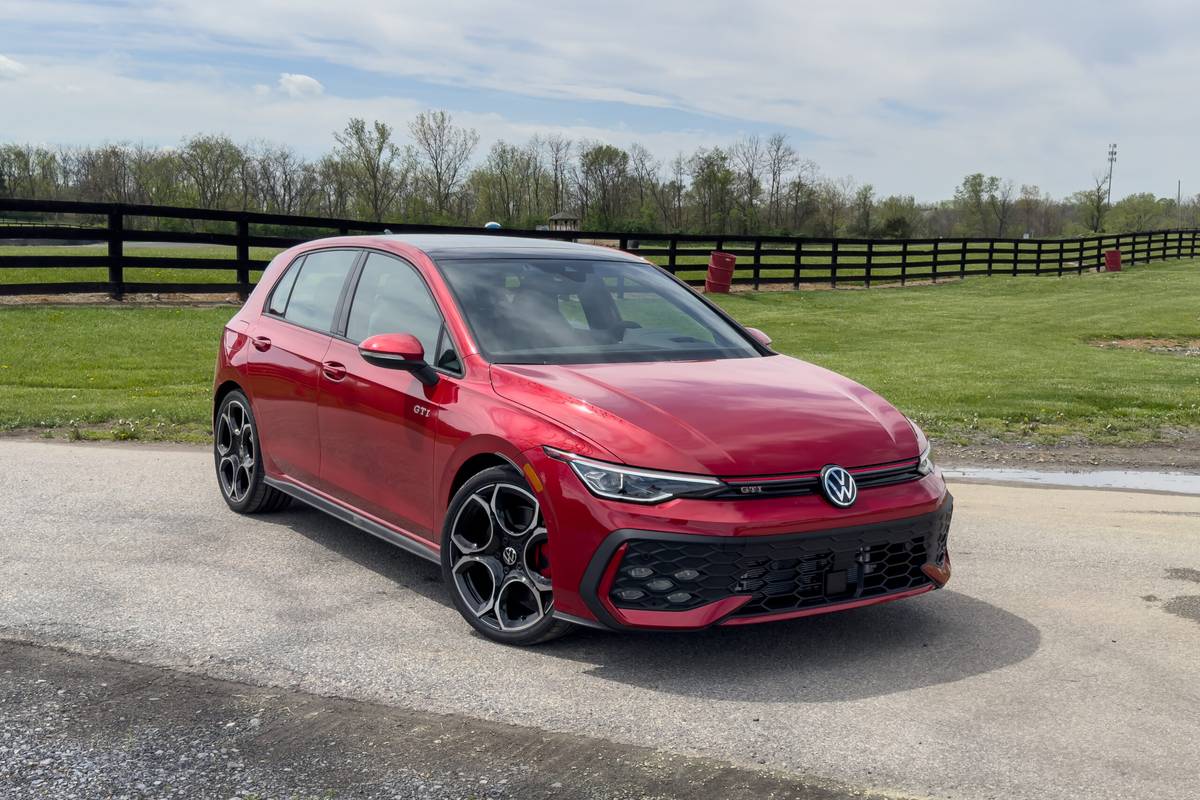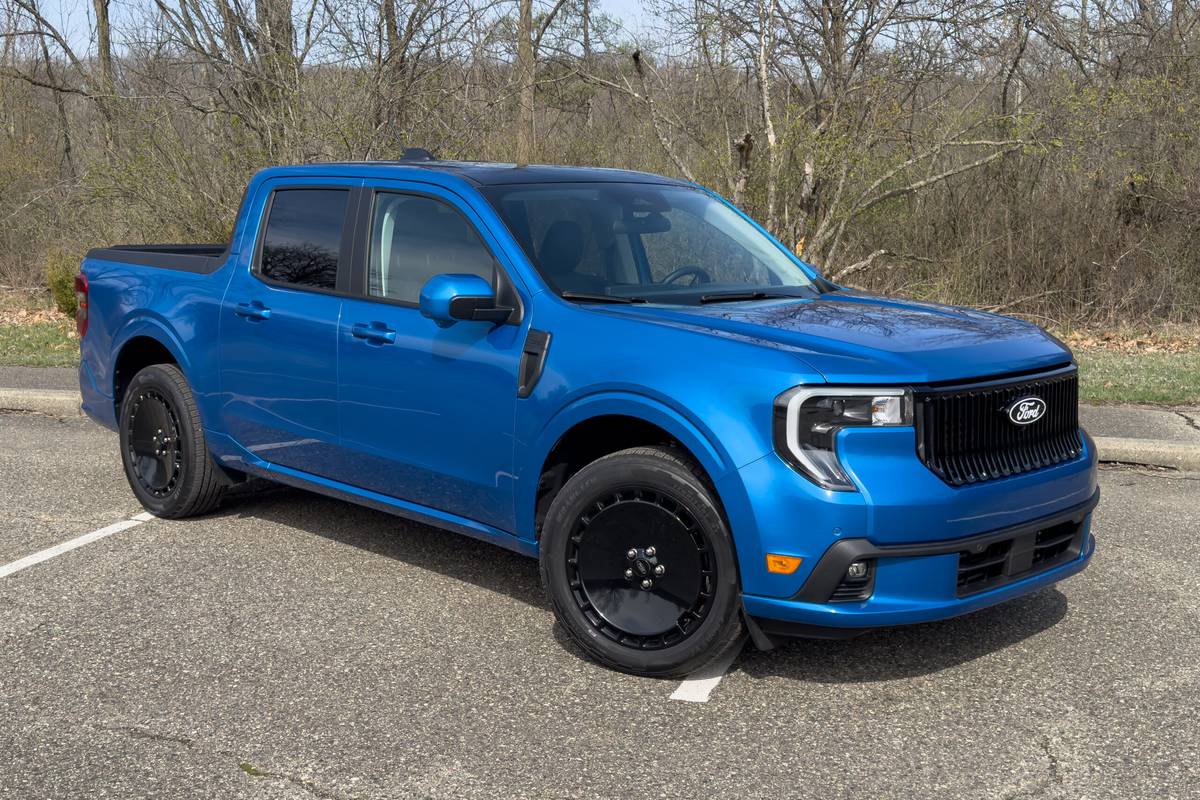As States Fall in Line, Does Zipper Merge Still Push Drivers' Buttons?


CARS.COM — When it comes to the controversial congestion-management measure known as the zipper merge, convincing motorists still isn’t a snap. But as a growing roster of states report success with the late-merging maneuver at traffic choke points on their highways, evidence is mounting that the zipper merge has teeth.
Related: The Zipper Merge: Convincing Motorists Isn’t a Snap
Even if you don’t recognize it by name, you’re still likely familiar with what traffic engineers refer to as “dynamic late merging.” Anyone who has inched along on the highway as it narrows to a single lane and watched a seemingly brazen driver zip to the front of the merging lane and sneak in has likely felt the sting of pride as their fundamental concept of civility is insulted.
But according to proponents of the zipper merge, you’re looking at it all wrong. In a heavily congested, slow-moving traffic situation (such as a work zone or accident site in which the roadway has been reduced to a single lane), instead of moving into the continuing lane as early as possible — which simply creates one even-longer line of even-slower-moving traffic — the zipper merge calls for motorists to fill both lanes up to the merge point, then take turns proceeding in the continuing lane. Cars falling in line one by one, like the teeth of a zipper, is how the maneuver got its name.
The New Nice?
While the concept itself isn’t new, Minnesota has been something of a pioneer among states in highlighting it as a means of controlling potentially dangerous backups in work zones. And let’s face it: If a state so well-mannered it has its own brand of nice named after it can convince motorists they’re not being jerks by waiting until the last minute to merge, any place can do it, right?
Maybe or maybe not (as Minnesota continues to wrestle with public acceptance of the zipper merge), but a growing number of states are trying. Within the past couple of years, both Missouri and Kansas have launched large-scale public awareness campaigns encouraging drivers to use the zipper merge. It’s not just a Midwest thing, either: The state of Washington two years ago began acquainting the West Coast with the zipper merge. And while those states, like Minnesota when it first launched its effort, are experiencing growing pains during implementation, they’re also seeing successes — major ones in some cases.
Minnesota previously reported reducing backups in work zones by as much as 50 percent using the zipper merge. The Missouri Department of Transportation — which started promoting use of the zipper merge last summer and doubled down this year in advance of multiple major highway construction projects — is reporting even greater reductions of 50 to 75 percent.
Secret to Success
An important factor in Missouri’s success, MoDOT spokeswoman Linda Wilson Horn told Cars.com, has been telling drivers only what they need to know. The Federal Highway Administration mandates that signs be placed every so many hundred feet warning of a merge ahead, but the secret to success has been keeping a secret.
“The key is that you can’t tell people which lane is closed,” Wilson Horn said.
Previously, she said, MoDOT would inform motorists that, for example, the right lane was closing ahead, resulting in everyone queuing up for several miles out of an ingrained sense of propriety. Meanwhile, there were miles of unoccupied lane that could be used to reduce the length of the line of cars and allow everyone to move through the slow zone more smoothly. So highway officials adapted, posting vaguer warning signs like “Road work ahead,” “Lane closed ahead” and “Merge ahead,” in addition to “Stay in your lane,” all without referencing which lane was actually closed.
“People complained about not knowing which lane. We’re still getting complaints about people wanting to know which lane,” Wilson Horn acknowledged. “But we don’t tell the drivers which lane until you’re at the point when it’s time to merge.”
Verdict Still Out
Slowly but surely, however, people are getting the message thanks to MoDOT’s robust public education campaign via broadcast and social media. Still, Wilson Horn noted, it takes a long time to unlearn decades’ worth of driving etiquette.
“I think for a lot of the public, the verdict itself is still out,” she said.
Indeed, even among the street-savvy members of the Cars.com editorial team, considerable dissent persists. A survey of our newsroom revealed that only two-thirds of respondents favored the zipper merge. Still, those results are more favorable than those of a 2014 Car Talk poll, which showed only 45 percent in favor and 55 percent opposed.
What’s apparent, at least anecdotally, is that the more people are exposed to the zipper merge, the more they seem to embrace it — or at least tolerate it. Kansas Department of Transportation engineers had talked about implementing the system in work zones for several years and were able to piggyback on neighboring Missouri’s efforts, as many drivers near the states’ shared border were already familiar, KDOT spokeswoman Ann Williamson told Cars.com. Still, transportation officials began promoting the maneuver six months in advance.
“Our first zipper merge project was just opened to the public on July 5, and so far so good,” Williamson said. “It’s on a bridge replacement project in the Kansas City area. … Not everyone is a fan, but there have been way more good comments than negative.”
Williamson noted that the current project is taking place in a 24-hour work zone, but it’s not a 24-hour zipper-merge zone. KDOT is using a combination of static and electronic signs to notify drivers at peak congestion times when they should be using the zipper merge versus when traffic is flowing at highway speeds, in which case it’s best to merge early. The zipper merge signs instruct, “Merge ahead,” “Use both lanes,” “Take turns” and “Merge here.” The project is slated to run to November, after which KDOT will review all the data it has collected to determine the effectiveness of the zipper merge.
Not All Aboard
Despite growing popularity among state highway officials, not every state is coming together on the zipper merge. California, the unofficial capital of American car culture, has not changed its position on the zipper merge in the past two years. The Golden State maintains its support of early merging, as sudden braking in a late-merging situation could result in rear-end collisions, the most common type of work-zone accident.
Mark Dinger, a spokesman for the California Department of Transportation, said “we will continue to stress safety by encouraging motorists to merge early and safely,” but that officials are monitoring the zipper merge issue.
Federal highway authorities, meanwhile, are staying neutral. FHA spokeswoman Nancy Singer said the administration doesn’t have an official position on the zipper merge.
“We know this is an operational strategy that state departments of transportation use,” Singer told Cars.com. “It’s really up to states to determine these sorts of strategies and what they want to implement to help reduce congestion. Of course, we always stress that safety should be considered.”

Former Assistant Managing Editor-News Matt Schmitz is a veteran Chicago journalist indulging his curiosity for all things auto while helping to inform car shoppers.
Featured stories




